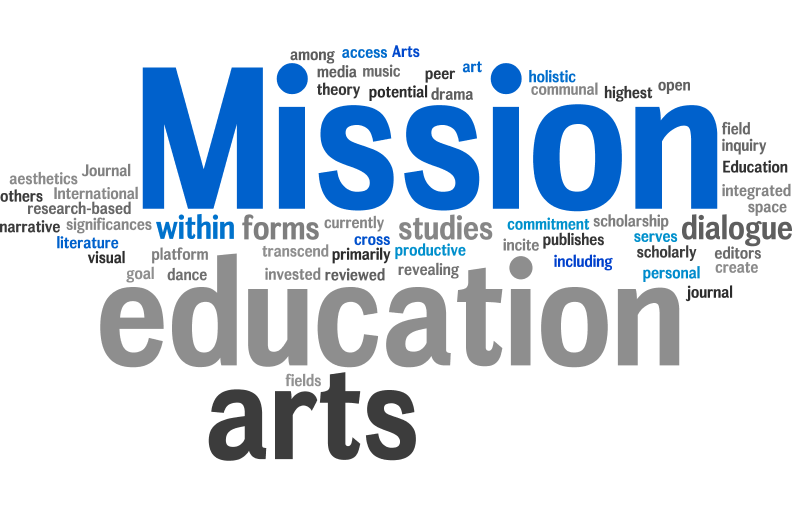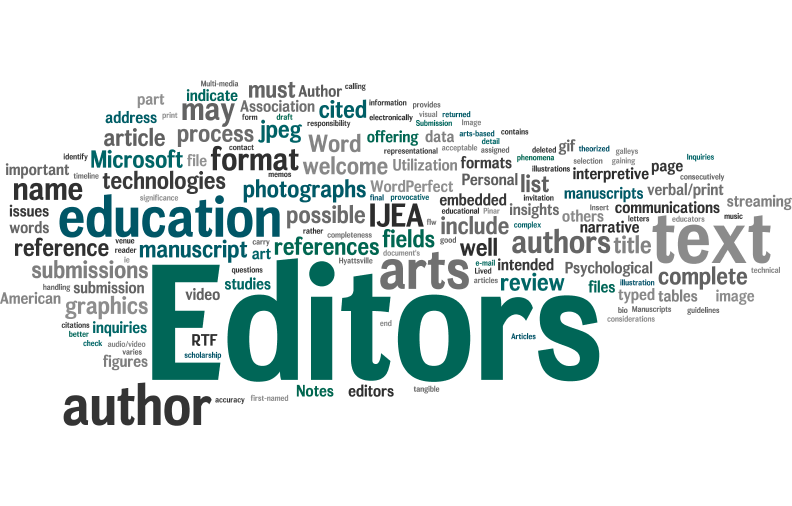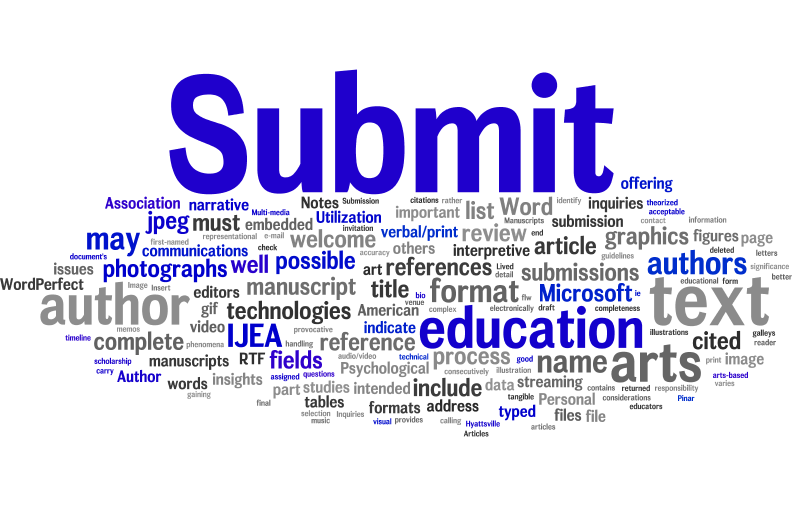| Volume 17 Number 21 | July 23, 2016 |
Land Art In Preschools. An Art Practice
Ingunn Solberg
Queen Maud University College of Early Childhood Education, Norway
Citation: Solberg, I. (2016). Land art in preschools. An art practice. International Journal of Education & the Arts, 17(21). Retrieved from http://www.ijea.org/v17n21/.
Abstract
The basis for my article is how, and if, a collaborative land art project can provide opportunities for such co-creating as suggested in the national framework plan for preschools, which explicitly states the child as a co-creator of a shared expressive culture. I further wish to propose land art as a meaningful cultural practice, closely connected to children’s physical awareness and sense of place. In doing so, I use the concepts of sensation, making and knowledge, exploring them as mutually beneficial.
The way I worked to explore these matters, was to initiate and conduct a land art project in an open air preschool. I was with a group of children for several days. Adults and children worked together to make a shape, in a landscape well known to the children. While initiating, suggesting and participating, I experienced and observed the children’s interaction with the land, with forms of knowledge and with each other.
My experiences and observations, that constitute my data from this project, are composed into a story. The writing was a process of organizing and analyzing, as well as presenting, observations and experiences. This is consistent with narrative analysis as defined by Polkinghorne (1995).
I connect my narrative to selected references to the Western history of art. These refer to knowledge needed to understand the concepts of land art, environmental art and related art work. They are also sources of knowledge for the children to interact with, and are, as such, referred to also in the narrative part of the article.
I further include a short summary of theories and traditions in Norwegian arts education, as well as a brief insight in the traditions and plans of Norwegian kindergartens/preschools . This offers knowledge of the institutional frameworks for cultural upbringing and socialization, and is here seen as a background for considering children’s genuine participation in cultural practices.
Visual Abstract




